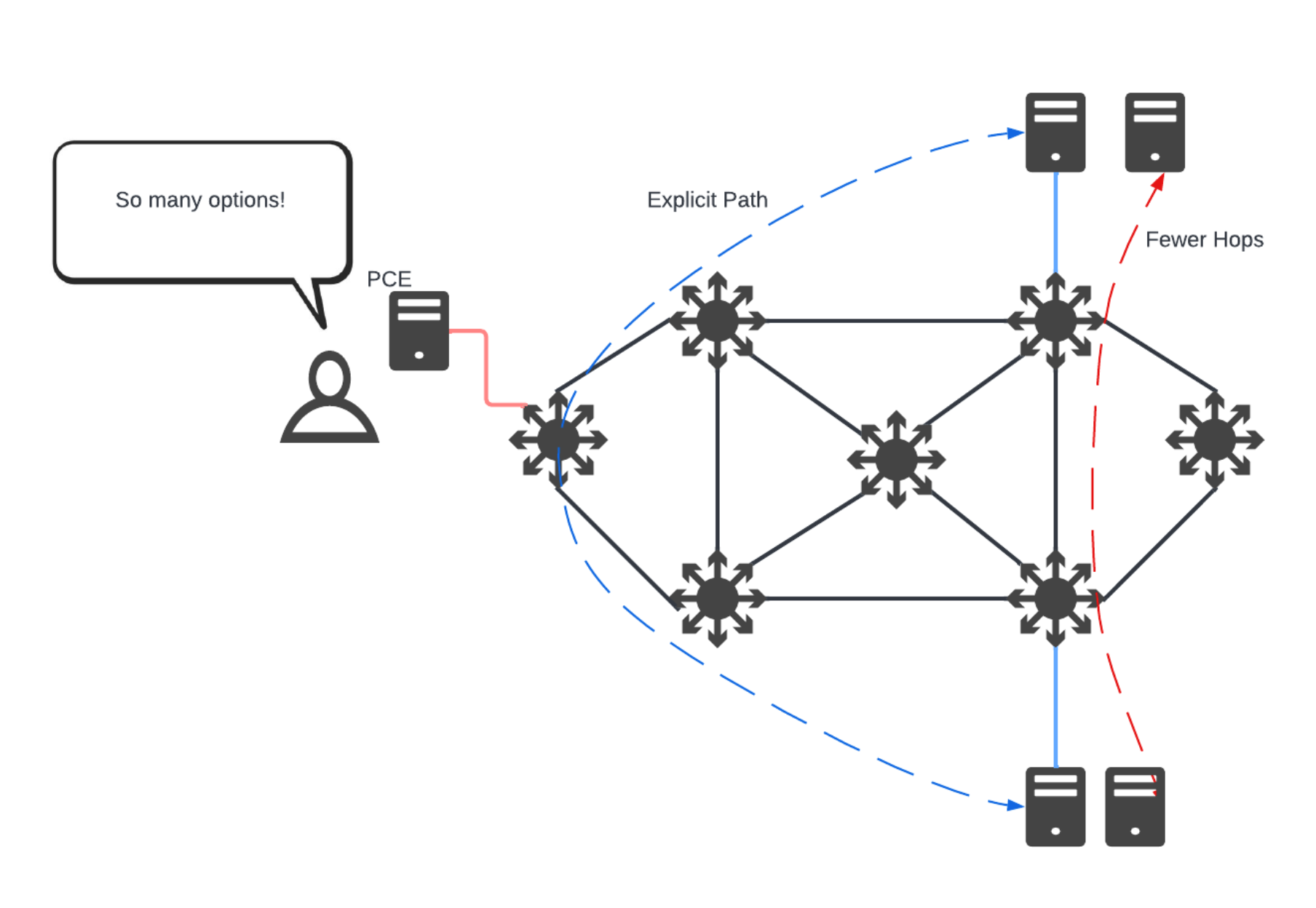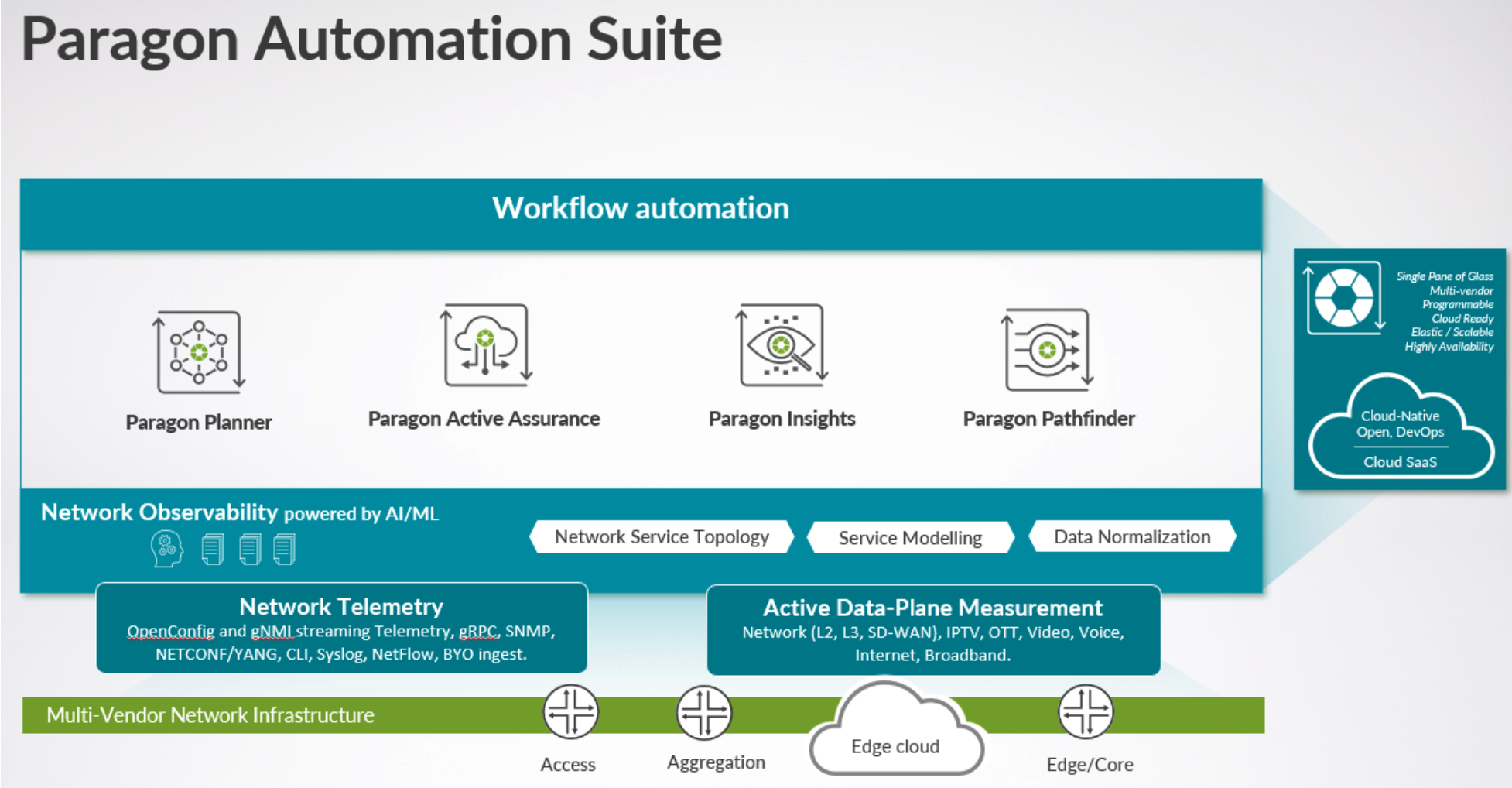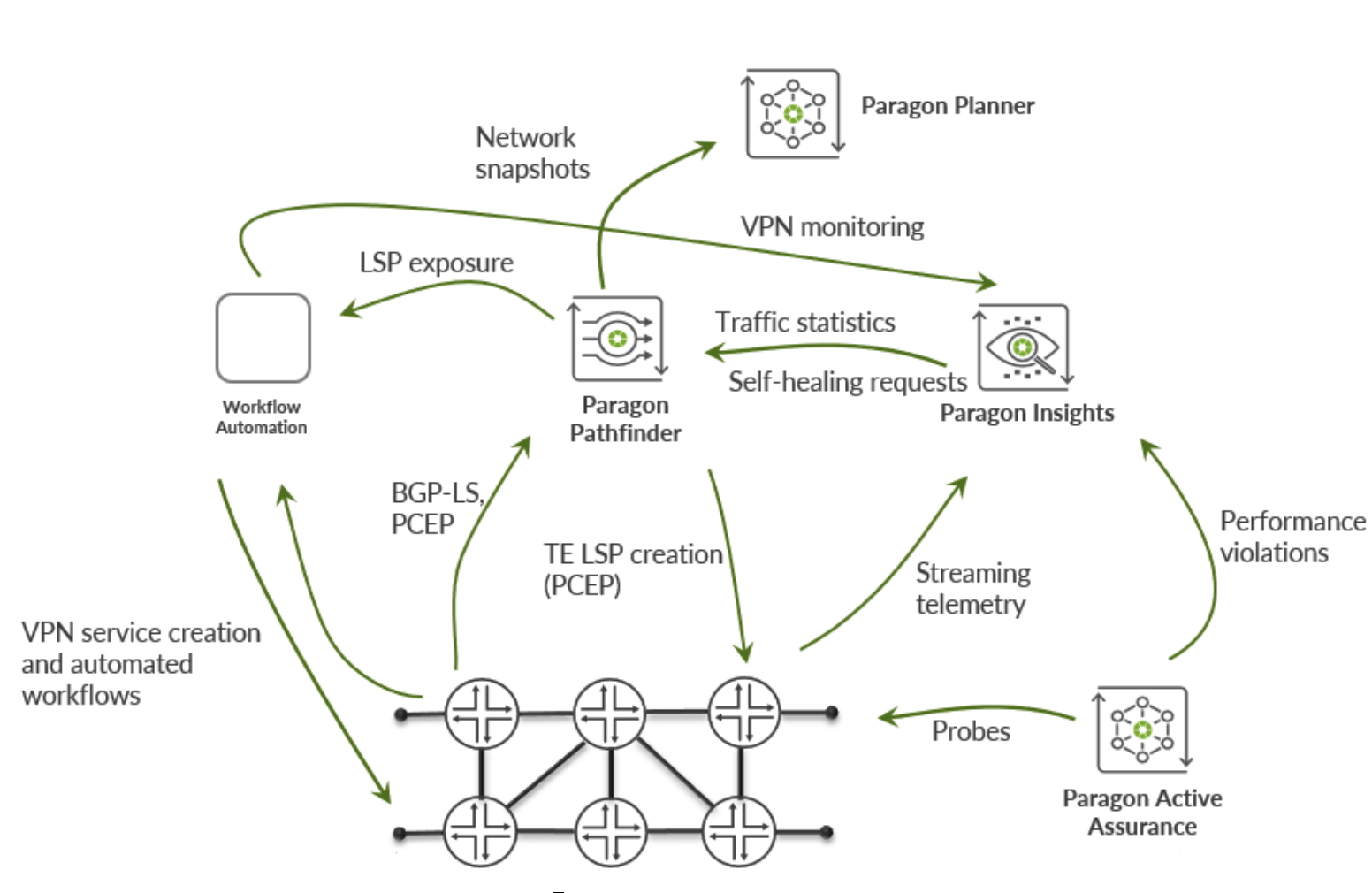In the world of networking, there are a few widely accepted truths – managing and optimizing MPLS and Segment Routing can be problematic, outages occur at the least convenient times, and jitter, latency, bandwidth, and throughput are not terribly well understood. And yet, the potential for improving customer experience, delivering SLA guarantees, and cost efficiencies is there if you have the right capabilities.
Traffic engineering (TE) at service provider scale is a dark art, not because it entails a difficult set of tasks, but because it can be quite complex. In fact, “traffic engineering” as a term itself is vague and may have different interpretations depending on who is asked. RFC2702 describes the goal of TE as:
A major goal of Internet Traffic Engineering is to facilitate efficient and reliable network operations while simultaneously optimizing network resource utilization and traffic performance.
Foundations
Take, for example, the complexity of building a label switched path (LSP) across a geographically diverse set of devices spanning a region, a country, an ocean, or all of the above. Factor in, if you will, the requirement of a specific amount of bandwidth for that LSP.
Historically there are a few ways to accomplish this task, RSVP-TE being the venerable standby, and Segment Routing (SR-MPLS) the heir apparent. Both are high performing protocols with an impressive suite of capabilities and an equally impressive set of configurations required to fully realize their absolutely massive potential.
Configuring, and more so, maintaining these protocols can be a daunting task, and daunting tasks tend to breed innovation. Network automation has been the bellwether for massive change in how networks are built and managed, and Juniper Networks’ Paragon Pathfinder fills a unique and much needed void in automating, and thereby taming, that dark art of traffic engineering.
Alternatives
As one can surmise, there exists a variety of ways to manipulate paths in a large, complex network. Migrating traffic manually, creating time-based automation workflows using technologies such as Ansible or raw python and running them in CRON, or building a home-grown system to change the end-to-end route that a given LSP may take.
However, it should not be overlooked that leveraging the raw power of something called a path computation element, or as it is commonly known, a PCE can enable significant advantage that yields both lower operational expenditure and the potential for cost savings across potentially high cost backbone or data center interconnect circuits. By leveraging the streaming data from network nodes, real-time knowledge of the network topology, and significant compute resources, a PCE such as Paragon Pathfinder is able to create, monitor, change, optimize, and re-signal many LSPs over the topology of a large network ecosystem.
The end-to-end coverage of the PCE functionality in Juniper’s Paragon Pathfinder provides real-time, correlated awareness of network topology and conditions, allowing for the pre-computation of backup paths and actioning on path changes. It should not be understated how operationally powerful and critical path re-route is in a large, overlay based provider or data center interconnect network. It can mean the difference between millions of dollars lost, SLAs violated, unhappy customers, and productive packets seamlessly moving across another path.

Imagine now that a customer may have an application that is highly sensitive to latency and therefore, has a latency requirement. This hypothetical client has a hypothetical contract outlining the low latency requirement range. Using a PCE such as the Paragon Pathfinder, it can be as trivial as providing two end points and any other pertinent requirements, and setting the path parameters to optimize on latency, and letting the software generate the path.
Depending on the requirements, a backup path can be precalculated and readied in the case of a link failure, a fiber cut, natural disaster, or other unforeseen service interruption. And failover operates at near link-state speed, meaning any SLAs are met. This ease-of-use is available within the suite of standard protocols within SR-MPLS and RSVP-TE. So if a network is still migrating to SR-MPLS, or continues with RSVP-TE, they are able to, and if they may be a multi-vendor shop, the protocol standards should allow for a uniform operational experience.
Think now, of a capability that allows the migration of traffic over lesser loaded links. With a PCE such as Paragon Pathfinder, this becomes a realistic opportunity. By leveraging discreet engineered paths for certain traffic, it becomes possible to migrate traffic to paths that are outside of the normal routing best path scenario. More plainly, it becomes possible to easily create LSPs over longer paths in order to leverage less expensive or more lightly loaded backbone paths, thus allowing for better utilization of existing resources and saving on procurement or provisioning of new backbone paths.
Conclusion
So yes, large scale traffic engineering has a bit of the air of dark artistry, but there are ways to master and wield the power and control that it brings with relative ease. Over time, operational overhead decreases, and the potential for improved capacity utilization can increase. By utilizing a PCE any network using segment routing or RSVP-TE can centrally control and granularly control complex traffic and path engineering while at the same time avoiding the complexities of per device state tracking, and error prone manual configurations.
Additional Links for Further Information
Read up on an industry leadership perspective on this topic, with blogs, webinars and complementary analyst reports from the likes of BT, Verizon, ACG Research, STL Partners, and Juniper executives.
Juniper’s approach to end to end network automation in their Tech Field Day Showcase where you can find explainer videos, the full Showcase recording covering Juniper’s vision and perspective on key success factors, and a webinar with Orange Poland which illustrates how service providers are using Juniper’s Paragon Automation to address real-world challenges with targeted, pre-integrated use cases.
Learn exactly how this is made possible with Juniper’s Paragon Automation suite – which contains Paragon Automation.




